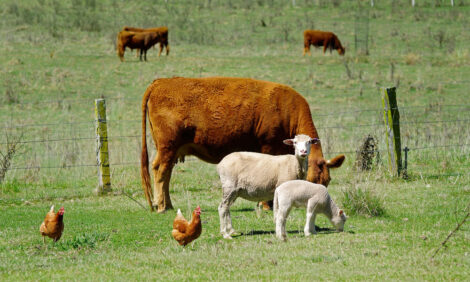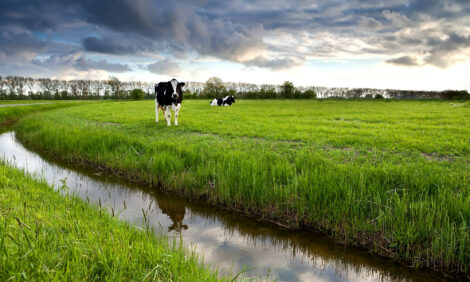



Addressing ‘unknown factors’ in sow mortality
Sow mortality has been on the rise in the US pork industry, reaching upwards of 15% in many sow-production systems, said Ashley Johnson, DVM, technical services veterinarian with Zoetis. The causes of sow mortality remain a puzzle for veterinarians. In fact, 39% of sow mortality is listed as “unknown factors,” Johnson told Pig Health Today.
“We’re scratching our heads on why this is happening,” Johnson said. Mortality doesn’t seem to discriminate based on sow age or parity.
Opportunities for improvement
Johnson stressed the importance of observing every sow every day to employ the appropriate interventions as quickly as possible. However, performing daily tasks is sometimes tedious and details can get overlooked. Significant employee turnover on farms makes it challenging to maintain a trained workforce.
There’s been a shift in the workforce in general, Johnson explained: Many caregivers don’t have a background in agriculture.
“It’s an education factor of making sure we’re not just giving somebody the correct protocol, but [we’re also helping them] understand how to recognize an issue and use that protocol in an early intervention,” she said.
Group housing has created more concerns associated with lameness but Johnson said it’s a teaching opportunity to learn how to handle the animals.
Caregivers can learn to group sows appropriately, because when animals are in a pen rather than a stall, there’s a different group dynamic. Sows have a pecking order, so training employees to group sows according to size and parity is important. In addition, caregivers should be trained to recognize if a sow needs to be pulled from a group to be treated.
Daily routines can sometimes get skipped if caregivers aren’t made aware of how important some of their responsibilities can be.
“If we can just tweak the way caregivers look at animals every single day…, that’s going to make a change in that area of opportunity…,” Johnson said.







